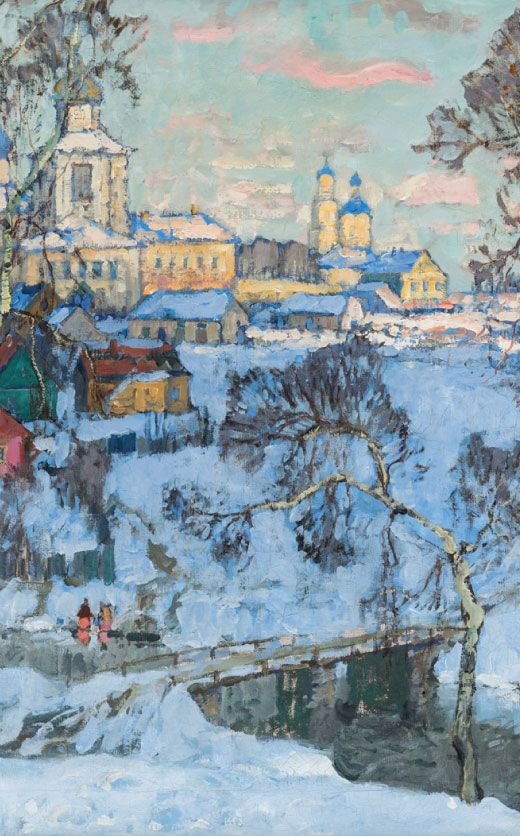Traditional Basque Makhila Cane
Lot 95
About Seller
Kimball Sterling
125 West Market Street
Johnson City, TN 37604
United States
Family-owned and family-run Johnson City Tennessee auction business for 25 years. Selling antiques and collectables for 38 years. Kimball M. Sterling, Inc. was founded and is owned by Kimball and Victoria Sterling, time and again, they have laid solid claim to world-wide attention and renown with an...Read more
Estimate:
$300 - $400
Absentee vs Live bid
Two ways to bid:
- Leave a max absentee bid and the platform will bid on your behalf up to your maximum bid during the live auction.
- Bid live during the auction and your bids will be submitted real-time to the auctioneer.
Bid Increments
| Price | Bid Increment |
|---|---|
| $0 | $10 |
| $100 | $25 |
| $500 | $50 |
| $1,000 | $100 |
About Auction
By Kimball Sterling
May 24, 2025
Set Reminder
2025-05-24 11:00:00
2025-05-24 11:00:00
America/New_York
Bidsquare
Bidsquare : Masterpiece Cane Auction
https://www.bidsquare.com/auctions/kimball-sterling/masterpiece-cane-auction-19479
A European Masterpiece Cane Auction Kimball Sterling kimballsterling@earthlink.net
A European Masterpiece Cane Auction Kimball Sterling kimballsterling@earthlink.net
- Lot Description
1916 The handle is done in the customary vertical setting with a straight, tall, and upward tapering central part, and its collar is garnished with beautifully braided leather straps. It is topped by a round and dark horn knob, said to resemble the beret worn by the Basque shepherd, anchored on a fringed brass white metal collar with trailing superficial engravings. The handle comes on a superbly scarred medlar shaft, which ends with a 5 ½” tall, brass ferrule with fringes and decorations matching the collar and is fitted with an impressively crossed steel spike ferrule. A punched “ORHOITZAPENA 1916,” meaning SOUVENIR 1916, personalizes the ferrule. Notably, unlike all cane shafts, which taper downward, the Makhila tapers in the opposite direction. The handle threads and detaches, revealing the Makhila's deadly secret: a forged steel spike that effectively transforms the stick into a short spear. Amazingly, the spear and its brass anchoring collar beautifully endured the test of time, with their whole original sheen preserved under the tightly screwed cap shielding them against the weather. Initially used to direct cattle, it was forbidden on market days in certain towns to prevent a small squabble from turning into a Makhila-swinging and bloody affair. Much more than a cane, this traditional symbol of honor reflects a certain philosophy and is an indispensable element in the traditional Basque way of life. Occasionally, selected citizens or prominent visitors who have distinguished themselves receive Makhilas of a similar nature as honorary gifts. H. 8” x 1 ½”, O.L. 35” $300 - $400 The design of the Makhila is centuries old and remains largely unchanged. There is little information known about its exact origin, but it may possibly be related to medieval times as a concealable derivative of a particular form of lance or hunting spear. The manufacturing process is as rooted in tradition as the finished product and can take years to complete. It begins in spring, with the craftsman selecting a suitable branch from a medlar tree, Mespilus Germanica, and carving a design into the living wood while it is still attached. The branch is left alone until late fall, during which the wood heals and expands the design on its surface. The craftsman must then return to where he found the tree and cut the branch down. The bark is then stripped off, and the shaft is straightened out using careful heating in a kiln. After this, the stick must be dried by being stored for several years. Once this has happened, the wood is stained using a method that employs manure or quicklime to chemically burn and darken the wood, and then fitted with the various metal bands and fittings. The craftsman will sign his work with his family symbol or name and will also engrave the handle or pommel with the recipient’s name, family crest, or other text as requested. The picture shows a man wearing traditional Basque attire and a Makhila in hand.
- Shipping Info
-
Each auction has different shipping terms but the buyer always pays.
Canes:
After payment has been received we will contact you.
-
- Buyer's Premium



 EUR
EUR CAD
CAD AUD
AUD GBP
GBP MXN
MXN HKD
HKD CNY
CNY MYR
MYR SEK
SEK SGD
SGD CHF
CHF THB
THB



















